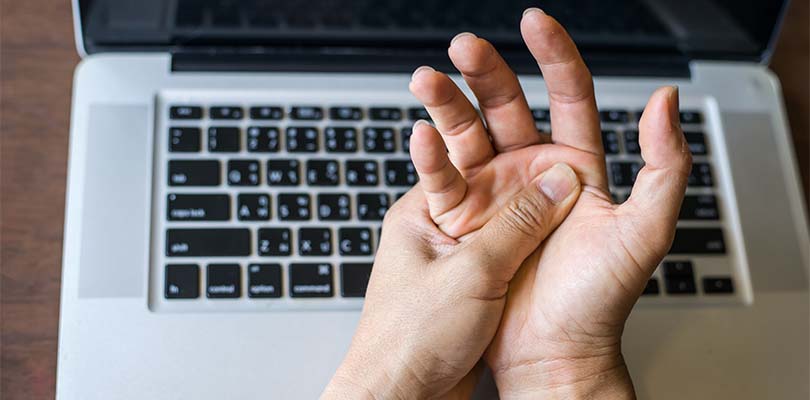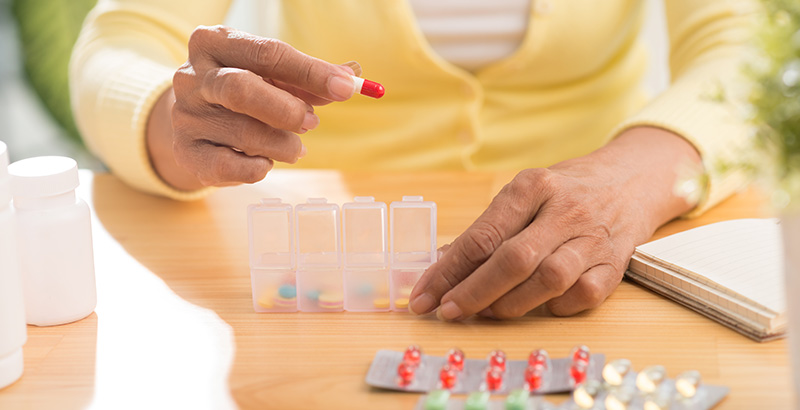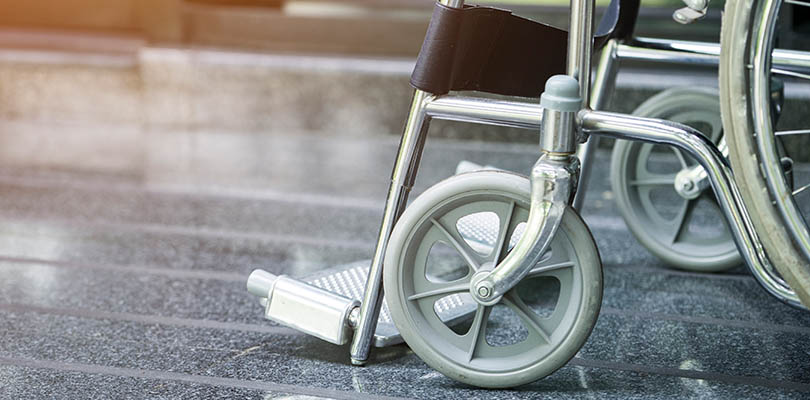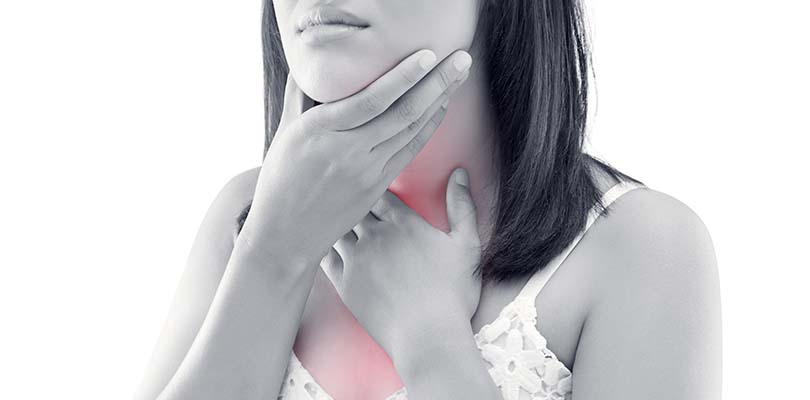
Photo Credit: Marco Maccolini / iStockPhoto.com
Why Does My Tailbone Hurt?
Tailbone pain can be tricky to diagnose. If you suffer from tailbone pain, pinpointing why you are suffering from the pain is important in order to treat the pain.
When you are suffering from tailbone pain, you’re probably going to make an appointment with your primary care doctor, who will do a work-up to try to determine the cause. From there, they will make referrals as necessary in order to treat the pain.
However, “tailbone” is not a medical term that you will hear from your doctor, so it is helpful to learn some of the medical lingo that you will hear at your appointment:
- Coccyx: the medical term for tailbone. The coccyx is the triangular bony structure at the end of the vertebral column. Although we call it the “tailbone” it is not just one bone, but is three to five bones that are held together by joints and ligaments.
- Coccygodynia/coccydynia: the medical term for coccyx pain. Coccygodynia was the original term for coccyx pain and was created in 1859. It is still used today but has been shortened to coccydynia, which is used more frequently.
1. Childbirth
The natural act of delivering babies can actually cause fractures to the coccyx. It inevitably causes pain due to the pressure on the pelvic region.
What to Do About It
This type of coccyx pain is typically temporary. As your body heals from childbirth, so too does the injury to the tailbone. Pain medications may be prescribed if the pain is especially bothersome.
Stool softeners are also often prescribed; this prevents constipation, which can cause further pain in the region. Eating foods high in fiber are also helpful in preventing constipation.
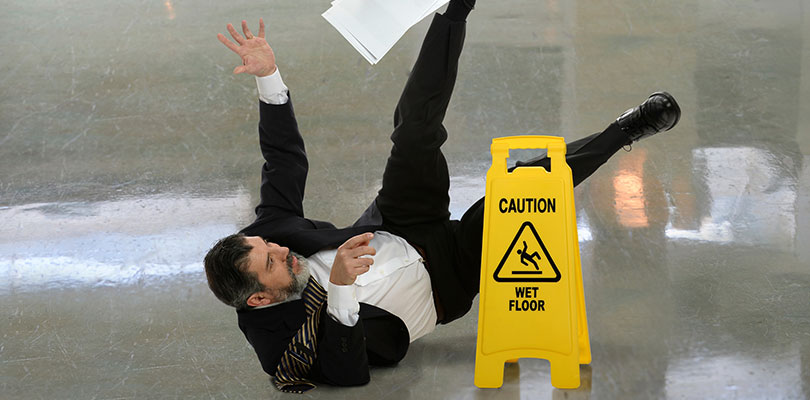
Photo Credit: ginosphotos / iStockPhoto.com
2. Falls
Falls are the number one cause of injury to the coccyx. Falls can include anything from a person losing their balance if they are unsteady on their feet to slipping on ice or falling off of a bike.
What to Do About It
First, pinpoint the cause of the fall. If the cause was slipping on ice or something of that nature, there may have been nothing that could have been done to prevent the fall.
However, if a lack of balance or strength is the cause of the fall, enrolling in a physical therapy program to prevent further falls may be very beneficial.
In the immediate post-fall period, treating the pain is important. If the pain is acute, taking pain medication can lessen discomfort. Applying ice to the area for 15-20 minutes, four times per day, may also lessen pain.
A “donut” cushion may also be helpful, as it allows the injured person to relieve pressure while sitting, as the tailbone doesn’t come into contact with the hard surface.
Is MS hereditary? Genetics and numerous factors do play a role, but having a relative with MS doesn't necessarily mean you will develop the condition.
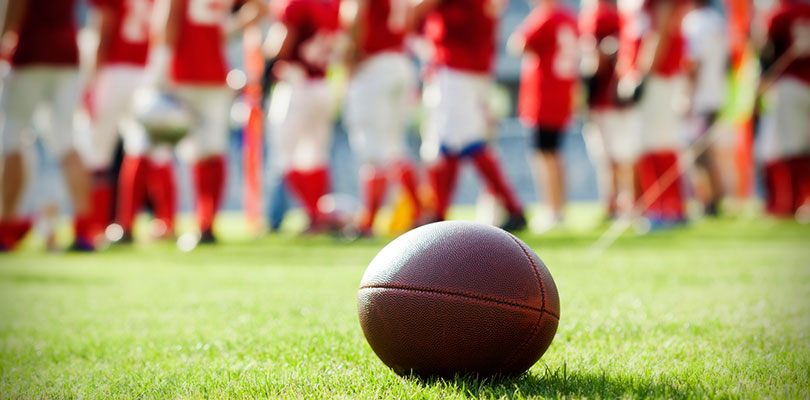
Photo Credit: 8213erika / iStockPhoto.com
3. Direct Blows
A direct blow to the coccyx can cause injury and fracture. This is less common in day-to-day life but is more common as a sports injury, especially with contact sports like football and hockey.
What to Do About It
Applying ice to the coccyx for 15-20 minutes four times per day is beneficial to lessen the pain. As these injuries are typically quite painful, narcotic pain medications may be prescribed.
The donut pillow can also be utilized in order to reduce pain while sitting. It is also helpful for these types of injuries to avoid sitting for prolonged periods of time.
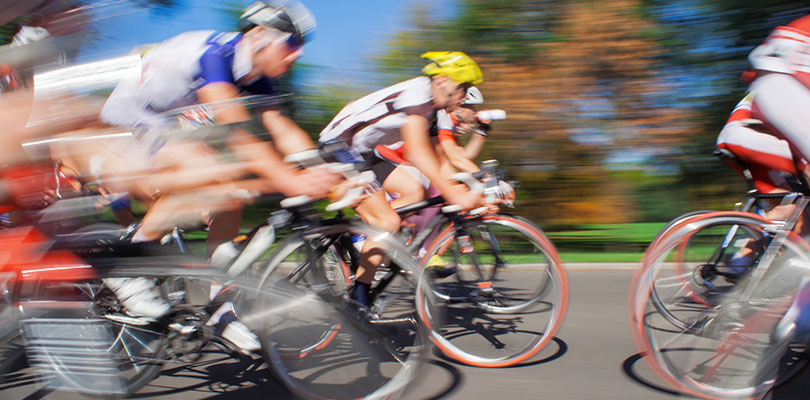
Photo Credit: m-gucci / iStockPhoto.com
4. Repetition Injury
This type of coccyx injury is less common. This pain happens because of repetitive straining and friction to the coccyx. Repetition injury to the coccyx is often seen with athletes like cyclists and rowers.
What to Do About It
Prevention can inhibit this type of injury from happening in the first place. For the average person who enjoys these types of sports, including other types of exercise, such as walking, yoga, cardio equipment and weight training, can help reduce the risk of repetition injury.
For athletes who compete in these sports, it can be more difficult. Many hours may need to be spent cycling and rowing.
Cross training will be especially important. This may include incorporating yoga, Pilates, and weight training, which can all build muscle but aid in flexibility. Shortening the duration of the time spent doing the rowing or biking can also be helpful.
Immediately after injury, self-care measures include icing the coccyx, taking medications and using the donut pillow.
After the acute phase of injury, incorporating physical therapy is helpful to return the strength to the area while learning tactics to reduce the risk of future injury.
There are several breathing exercises for anxiety and panic which can help calm those sudden, scary and overwhelming anxiety or panic attacks.


